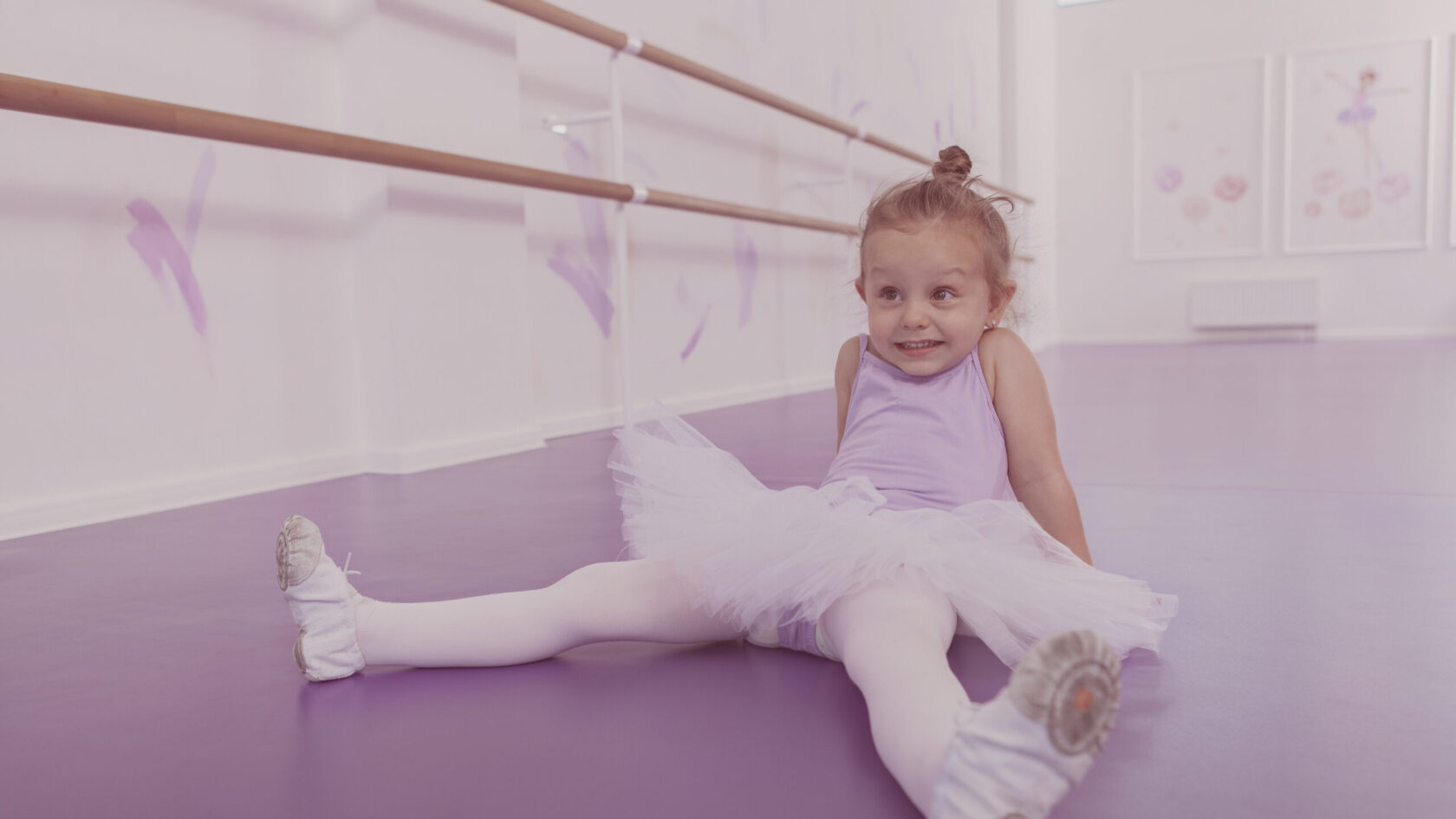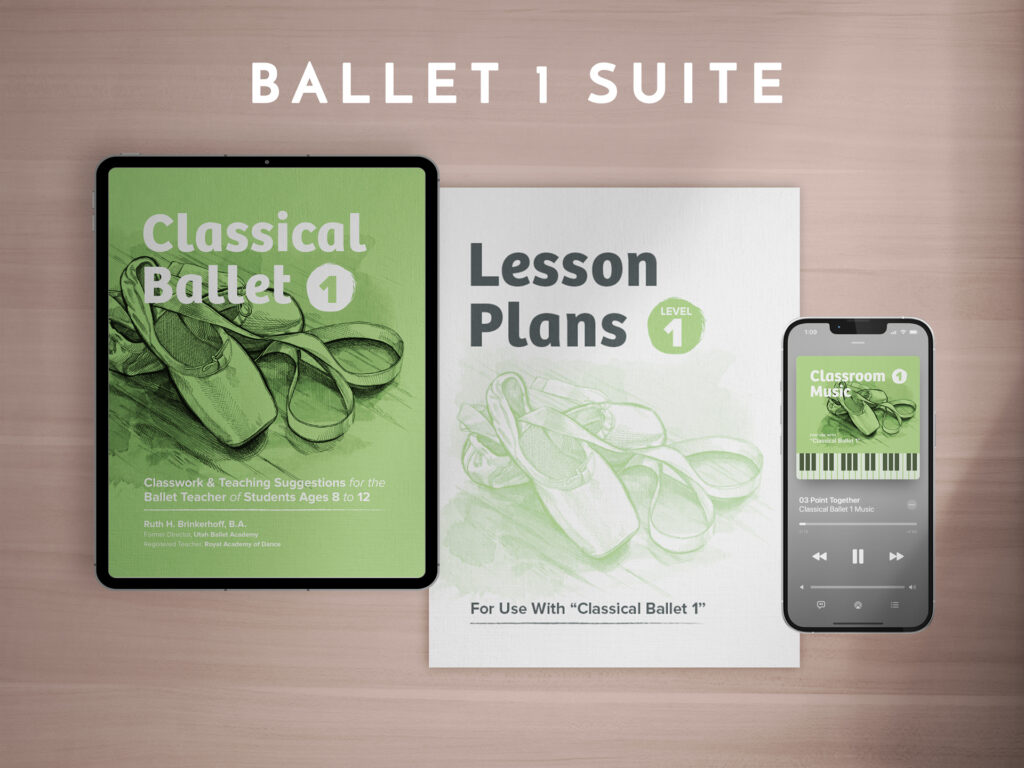Child Development experts know that this rule always applies: “Behavior that gets attention will always be repeated, even if the attention is negative!” Children want attention more than anything else. Negative is better than none at all.
Students bring to dance class the behaviors that have worked for them in other situations. So, when a child “acts out” in dance class, it most likely has nothing to do with you, the teacher, or with what is going on with the lesson. It has to do with that student wanting attention and trying to find out if the ways that have worked in other contexts will work here.
Sometimes students ask meaningless, redundant, even off the subject questions, for the same reason. They don’t need the answer, just the attention that comes with it. This method of attention getting can interrupt the flow of teaching and learning.
When working on a one to one basis with a child, ignoring is sometimes possible. It can be an effective way of changing a child’s behavior. However, if you use this method, you also need to know that the first thing that will happen is that the undesirable behavior will increase. That’s because it worked before. Hang in there! Pretty soon, if it continues to not work, the child will try something else.
Application in the Dance Classroom
In the dance classroom, ignoring is not always possible. Behaviors which interfere with the teaching and learning relationships cannot be allowed to continue. Try some common sense ideas. Discard what doesn’t work, and try something else.
- Remember that they may not react how you would expect them to. It may help to know that giving what you consider negative attention or “punishment” to a wrong behavior does not always work out exactly as you would expect. It may be felt as “positive” by the student, and actually increase the behavior.
- If you can, somehow give more attention to those who are behaving correctly—more direct attention from you, more praise, more words of appreciation. That will help. I’ve also found that making it a group effort to “have a great class together” can make each feel that they play an important role in making that happen. Sometimes, they will shape up so that they can fulfill that group expectation.
- Give as little attention, as few words and actions as is possible to the wrong behavior. But don’t let it slide. Spending too much time addressing the behavior may end up backfiring. Giving enough careful attention to what is considered inappropriate in class—using a stern voice, raising your eyebrows, turning your body to directly face the child, standing closer than usual to them—can produce a healthy respect for the teacher and for the rules that benefit everyone.
- Take care of the wrong behavior as quickly as possible. It should not be borne even for a moment. To help the others who are not being corrected, offer each one some eye contact and positive comments. They need to know that your response to the student who has violated the class rules is distinctly different from your response to those who are cooperating.
You will need to work out your own methods for dealing with problems. Do what works best for you, what makes the lesson most pleasant and productive for everyone.
Real-Life Example
Some years back, I had a 14 year old boy in ballet class who always came in late, and then would do something to get everyone’s attention.
The rule in my classroom was, if you are late, you come in quietly, warm up, join the class, without drawing attention to yourself, or interrupting what the class is doing. Steven could not do this. He had to make himself noticed in some way, soon after arriving, and every so often during the class.
One day, I tried something different with him. As soon as he entered the room, I gave him a few seconds of my full attention, saying, “Steven! Hi! I’m glad you made it to class. We’re doing some of your favorite steps today.” I added a few more comments to him, and then some positive things to the class.
I was surprised, and pleased, that the class seemed to understand, and joined in and gave him some peer attention as well.
It worked.
He did not disrupt the class that day. As time went on, Steven seemed to need less and less of our special attention at the beginning of class.
Remember, behaviors which interfere with the teaching and learning relationships cannot be allowed to continue. As you try different approaches, remember the common motive behind such behavior: to get attention. Sometimes giving it before they act out will work for you.
Related Articles
- Expecting Good Behavior from Preschoolers
- Improving Behavior with Consequences
- Using Inertia to Avoid the “Dead Spot”
- 6 Classroom “Attention-Getters” to Watch Out For


Comments
Yvonne says
Thank you so much for this article. I tried it today with a student who I have been struggling with for over a year now. This method worked. Thank you!
Add Comment